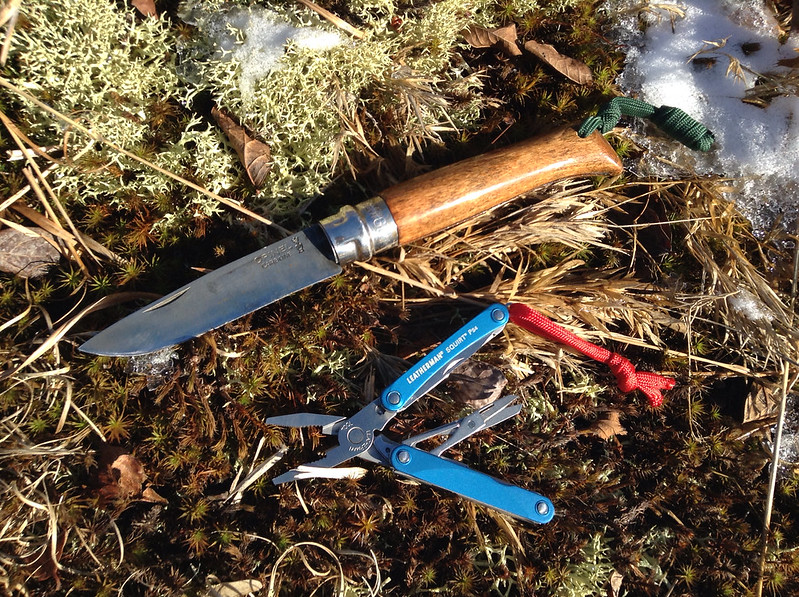BMCGear
Gold Member
- Joined
- Jan 4, 2014
- Messages
- 7,005
I really hate the term "survival knife" but I'm looking for something like that. I want a general purpose camp knife that if I needed to rely on I could. I'm curious what you guys look for? Grind, blade length, steel, etc. This knife would be used for "survival" tasks and general camping stuff.
Any suggestions would be great as well. A friend of mine has suggested the TOPS BOB and has one. It seems like a nice knife but I'm not sure about the scandi grind with the microbevel?
I look forward to your responses.
Any suggestions would be great as well. A friend of mine has suggested the TOPS BOB and has one. It seems like a nice knife but I'm not sure about the scandi grind with the microbevel?
I look forward to your responses.




